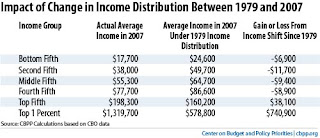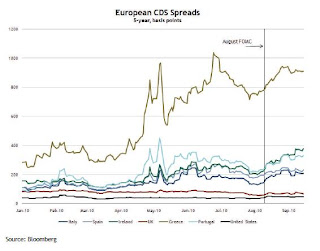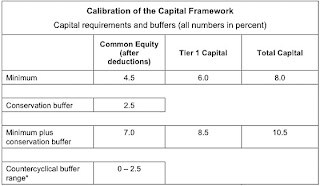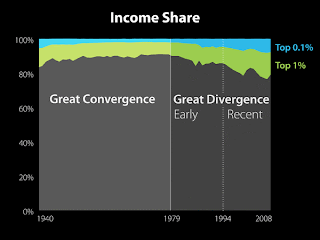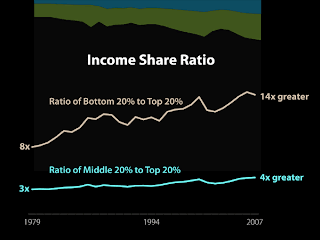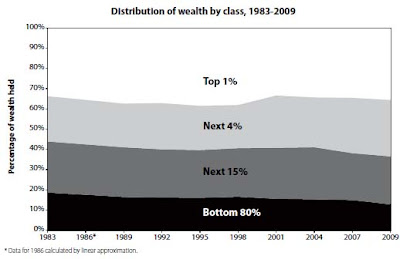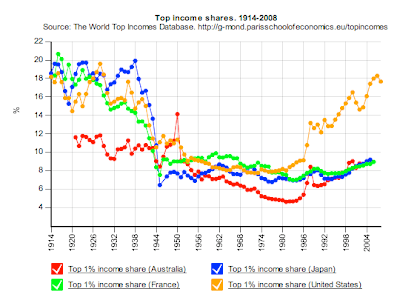A version of Paul Romer's
charter cities may offer interesting possibilities for the development of rural India. The proposal outlined is in its first draft and should undergo considerable fine-tuning before implementation. Sceptics are advised to step back and reflect on the broader idea before unsheathing their knives.
The proposal is to lease out large tracts of government lands in rural India, at
very cheap rates or even free of cost, in return for
development along broadly defined lines. The defined objective could be to set up a large enough manufacturing facility, which employs a number of people (not necessarily locals) and generates more than a quantified amount of economic activity. In other words, charter out parcels of land in remote locations, in the hope of creating substantially large enough non-farm economic activity.
The only pre-requisite would be that a failure to set up the manufacturing facility within the specified time will entail restoration of the allotted land. If only a partial extent of land is developed, then the remaining extent will be resumed. The bids can be evaluated and allotted based on the attractiveness of the commercial proposal - in terms of its potential impact on the local economy. While, this does raise genuine concerns about unhealthy practices, greater clarity on the terms of reference, phasing, and condition for restoration can considerably mitigate them. In any case, if the desired project is established on ground, its benefits would more than off-set any losses incurred by doling massive land parcels to favorites.
The underlying logic is that any private investment (and presumably, any private investor putting his money on the block would channel investments to those sectors that would enable him leverage the strengths of the area), especially in virgin locations like these remote areas, will have a dramatic impact on the local economy. Apart from providing jobs, mostly indirect, it will boost economic activity and form the threshold for further development. No government action can realistically be a substitute for one big-ticket private investment.
The private investments and its multiplier on the local economy (direct and indirect jobs, and the substantial other economic opportunities) have the potential to serve as the anchor for a broader set of other economic activities. This approach works on the assumption that the only sustainable way in which these remote geographic areas can move into the next growth trajectory is through manufacturing or services-led economic growth.
The proposed lands should be in remote enough locations (and there is no scarcity of such areas), which are deficient in both infrastructure and any off-farm economic activity, and which would otherwise not have developed on its own or even with government support in the foreseeable future. Further, in order to ensure that such efforts do not get cannibalized into small-time land grabs, it should be mandatory that the allotments be of large enough tracts.
A credible enough threat of taking back unused extents of land should serve as an adequate incentive for businesses to fully implement their investment proposals. Though current concession and other contract agreements provide for penalty clauses, including resumption of the allotted lands, the provisions are often drowned in impenetrable legalesse. This effectively nullifies the force of these provisions and emboldens the private developer to deviate from contractual provisions and hoard land.
In the circumstances, it would be required to explicitly link development (along pre-defined lines and within schedule) of the area to the threat of resumption or dispossession. In simple terms,
development along the pre-defined lines within the specified time should be the
only scope of work (or terms of reference) for the private developer.
In order to discourage developers from sitting on undeveloped land, contracts or concession agreement many be explicitly structured (while this provision is present in present-day contracts, they are most often qualified to the extent of dilution) to resume government possession of those extents which have not been developed within the scheduled time.
I would call such land transfers Pareto improvement decisions for the following reasons
1. It is difficult to achieve success with government-led economic growth interventions in remote locations. Private business investments go to either already established industrial locations or areas surrounding urban centers. Without government support, to the extent of it being perceived as overtly generous, business investments are not likely to materialize even in the long-term in such remote locations. This proposal would be an example of benign industrial policy, which while guiding investments into certain specific locations, does not micro-manage by defining the type of business activity.
2. Government-directed capital investments are a very remote possibility. And prospects of government investments - in the scale and comprehensive nature - required to improve local physical infrastructure too are bleak. In any case, the number of such locations are far too large for government investments, even assuming it to be in scale and comprehensive, to make any meaningful dent on the overall requirements.
3. The spill-over effect or positive externalities on the locality due to the private investments, especially in areas untouched by any economic activity, are likely to be substantial. Even if the investment is limited, it can provide an anchor to catalyze further economic activity. For example, a business investment in a remote location will suddenly bring in a large number of people into one location and involve transportation of inputs and products into and from the area. These activities will invariably generate linkages with the local economy by creation of jobs, newer business opportunities, and awareness about the potential/opportunities for human improvement (that comes with the introduction of such types of growth activities into virtually time-warped societies).
4. The private entrepreneur has the incentive of capitalizing on a potential first-mover advantage into such virgin territories/markets. This is especially true if the entrepreneur views his investment in such locations with a longer time horizon. The potential benefits from a successful intervention are huge and provides him a head-start, over all other later entrants, in establishing all linkages and making use of the local strengths. The cheap or virtually free availability of land and cheap unskilled labor (for all non-critical activities) will contribute towards keeping production costs low, especially since land values are an increasingly large share of investment cost.
5. Private business investment is the best bet for bringing in basic infrastructure investments, either through government (to incentivize these investments) or by the private investor(s), into these remote areas. Some level of basic investments on connecting roads, electricity, and telecommunications will inevitably follow, either from the government or the private developer himself. In fact, given the dynamics of the prevailing political system, more than the local political representatives, a big enough private developer stands a better chance of bringing in even government investments into public infrastructure in such areas.
6. Most often, such areas, apart from being economically backward, are also socially regressive (with caste and feudal social attributes). These external investments bring in outsiders and modern ideas to these villages. These coupled with the social empowerment dimension of access to newer (different from the cultural strait-jacketing types of livelihoods) and more remunerative business opportunities unsettles established orders and become a powerful source of social change for the better.
So how about this advertisement!
"The Government of Backwardland (GoB) invites Expression of Interest (EoI) from reputed manufacturing firms who are willing to invest in any manufacturing activity in its remote Timbuktu area. The GoB will provide 1000 acres land free of cost in the area. The developer would be required to develop the entire area with manufacturing related activity within three years from handing over possession, failing which the unused land will be immediately resumed back to the government."
Update 1 (9/12/2011)
The Economist reports on Paul Romer's proposal to set up a charter city in the northern coast of Honduras. The city will have its own government, write its own laws, manage its own currency and, eventually, hold its own elections. The proposal has found favor in Honduras and some constitutional changes too have been carried out.



